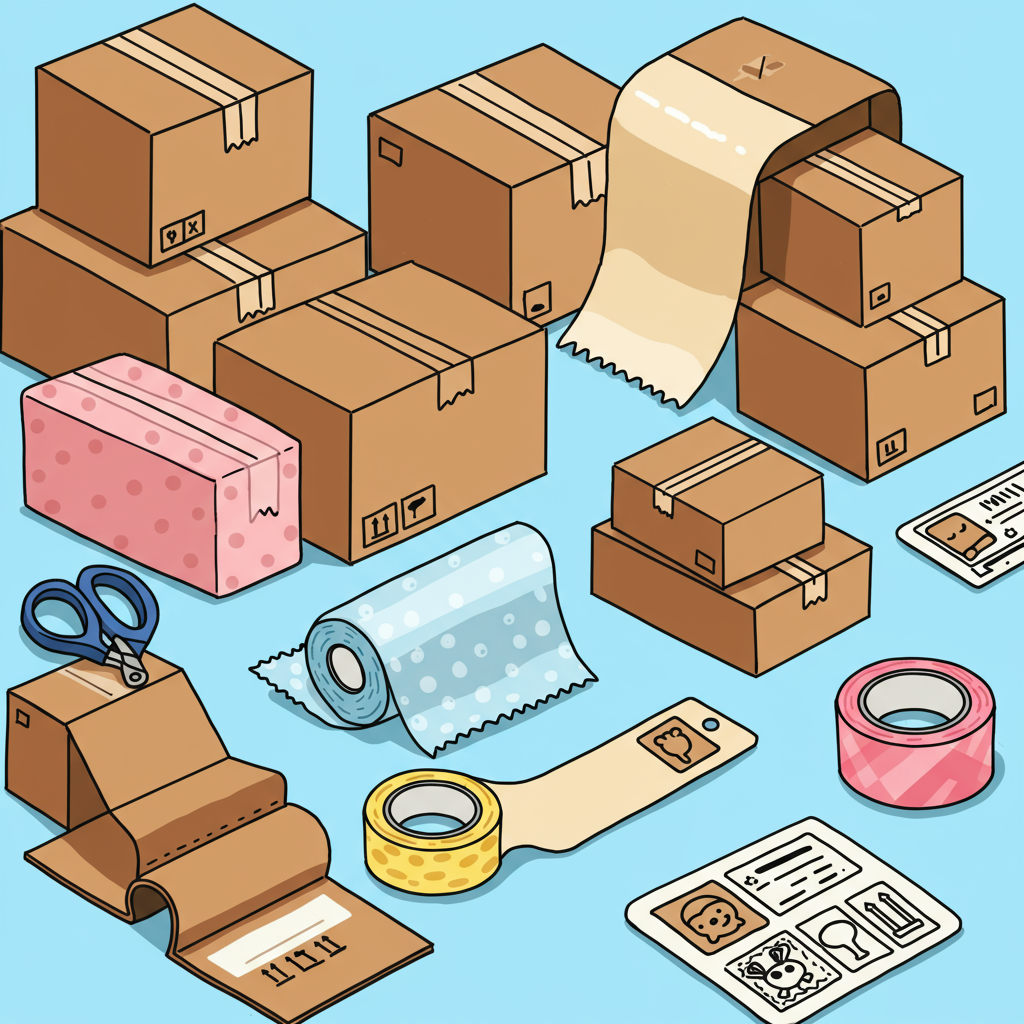From first impressions to final delivery, I’ll share how to optimize your e-commerce logistics and delight your customers.
As a small business owner navigating the exciting world of e-commerce, I’ve learned that getting your products to customers isn’t just about clicking a “ship” button. It’s a critical part of the customer experience, especially when you’re running your store on Shopify.
My journey has taught me that effective packaging and shipping can truly set your brand apart, turning a one-time buyer into a loyal advocate. It’s more than just logistics; it’s an extension of your brand’s promise.
Today, I want to share some of my hard-won tips and insights on how to optimize your packaging and shipping processes, ensuring your Shopify store runs smoothly and delights every customer.
Let’s start with packaging. This is your product’s first physical interaction with your customer. It needs to protect the item, but it also offers a fantastic branding opportunity.
Choosing the right materials is paramount. For me, it’s a balance between protection, cost, and aesthetics. Think about the size and fragility of your products.
Are you shipping small, durable items? Padded mailers might be perfect. For larger or more delicate goods, sturdy corrugated boxes are usually my go-to.
Don’t forget void fill! Bubble wrap, packing peanuts, crinkle paper, or even shredded cardboard can prevent items from shifting and breaking during transit. I always prioritize eco-friendly options where possible.
Branding through packaging is a game-changer. Even simple touches like custom tissue paper, branded stickers, or a handwritten thank-you note can elevate the unboxing experience significantly.
I’ve found that a consistent brand aesthetic, even down to the tape you use, reinforces your identity and makes your package memorable. It’s a small investment with a big return.
Now, let’s talk about shipping strategy, which can often feel like a complex puzzle. The goal is to get your products to your customers efficiently and affordably, both for you and for them.
Understanding shipping costs is fundamental. Factors like package weight, dimensions, and the destination zip code heavily influence the price. I always measure and weigh my typical packages accurately.
Choosing the right shipping carrier is another crucial decision. In the US, I often compare USPS, UPS, and FedEx. Each has its strengths depending on package size, speed, and destination.
For lighter, smaller items, USPS First-Class Package Service is often my most economical choice. For heavier or time-sensitive shipments, UPS or FedEx might offer better rates or reliability.
Don’t overlook regional carriers or even local delivery services if your customer base is concentrated. Sometimes, a mix-and-match approach works best for different product types or destinations.
Deciding on your shipping rates for customers is also key. Will you offer flat-rate shipping, calculated rates based on their cart, or perhaps free shipping above a certain order value?
I’ve experimented with all these models, and free shipping, even if I build a small portion of the cost into the product price, often boosts conversions significantly. It’s a powerful psychological incentive.
Shopify’s built-in shipping features are incredibly helpful. I use Shopify Shipping to print labels directly from my admin, often getting discounted rates with major carriers. It streamlines my workflow immensely.
For more advanced needs, or if you ship a very high volume, exploring Shopify apps like ShipStation or ShippingEasy can provide even more automation, carrier comparisons, and batch label printing.
International shipping introduces another layer of complexity. Customs forms, duties, and taxes can be daunting. I always make sure my customers are aware of potential additional charges on their end.
Clearly communicating your international shipping policy on your website is vital to avoid surprises and ensure a smooth experience for overseas customers. Transparency builds trust.
The customer experience doesn’t end when the package leaves your hands. Providing tracking information is non-negotiable. I always send automated tracking updates so customers can follow their order’s journey.
What do you think about these tips so far? I’d love to hear your thoughts and any challenges you’ve faced with packaging and shipping!
Handling returns and exchanges gracefully is also part of the shipping experience. A clear, fair return policy, easily accessible on your Shopify store, can turn a potentially negative situation into a positive one.
Finally, let’s talk about some general best practices. I always try to batch my orders, processing them all at once to save time and trips to the post office. Efficiency is key for a small team.
Consider shipping insurance for high-value items. While it adds a small cost, it provides peace of mind in case of loss or damage during transit.
Regularly audit your shipping costs. Carriers change their rates, and new services emerge. I review my expenses quarterly to ensure I’m still getting the best value.
As your business grows, think about scalability. Can your current packaging and shipping process handle a sudden surge in orders? Planning ahead prevents bottlenecks.
Remember, every package you send is an opportunity to reinforce your brand and delight your customer. It’s not just about getting the product there; it’s about the entire journey.
By investing time in optimizing your Shopify packaging and shipping, you’re not just saving money or time; you’re building a stronger, more reputable brand that customers will love and return to.






